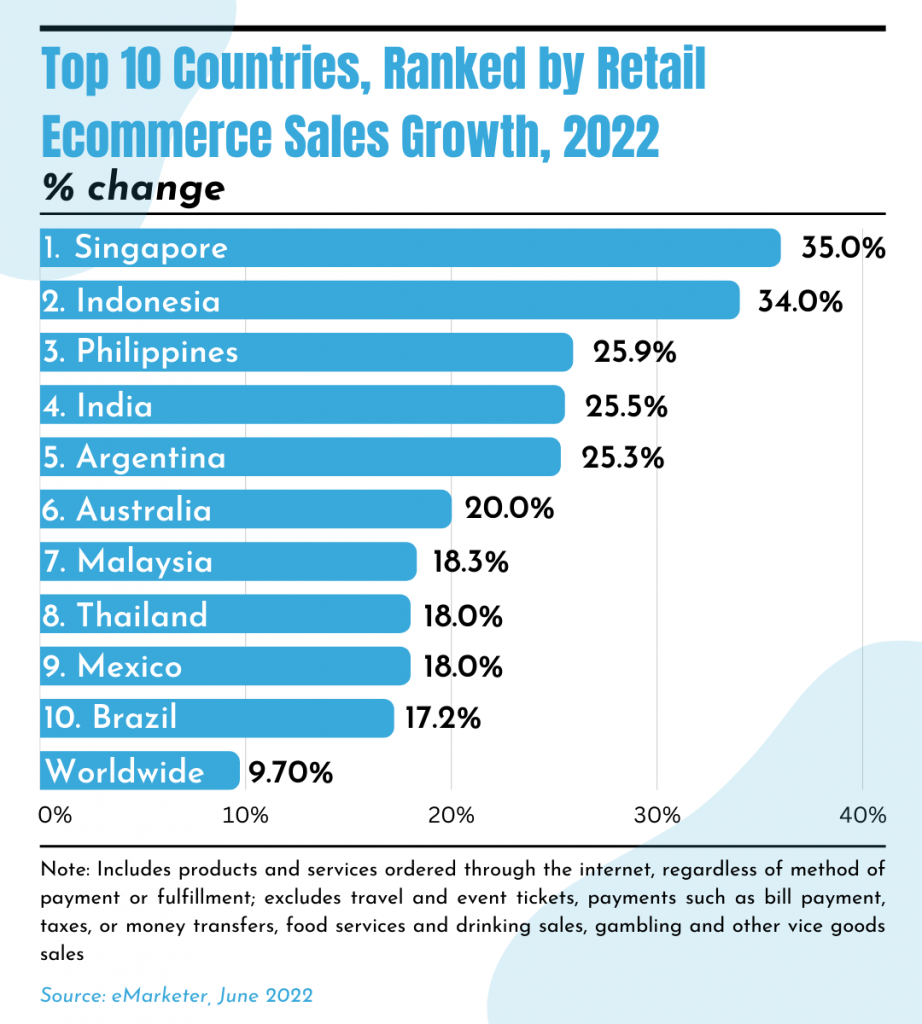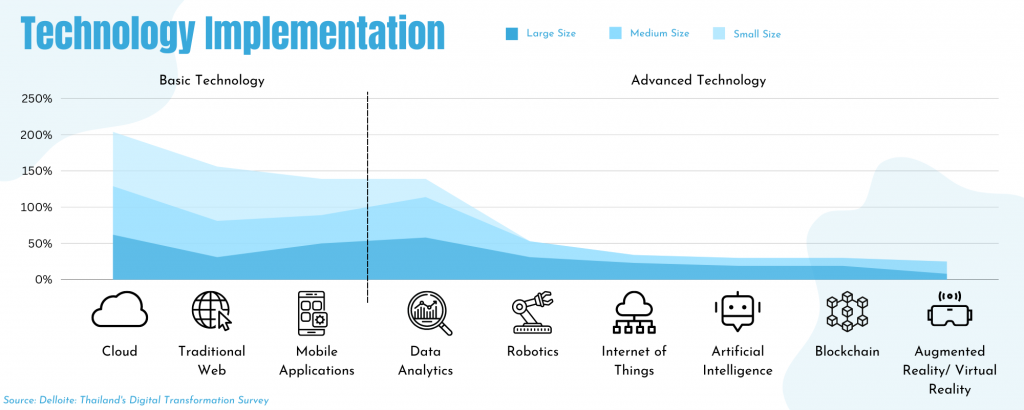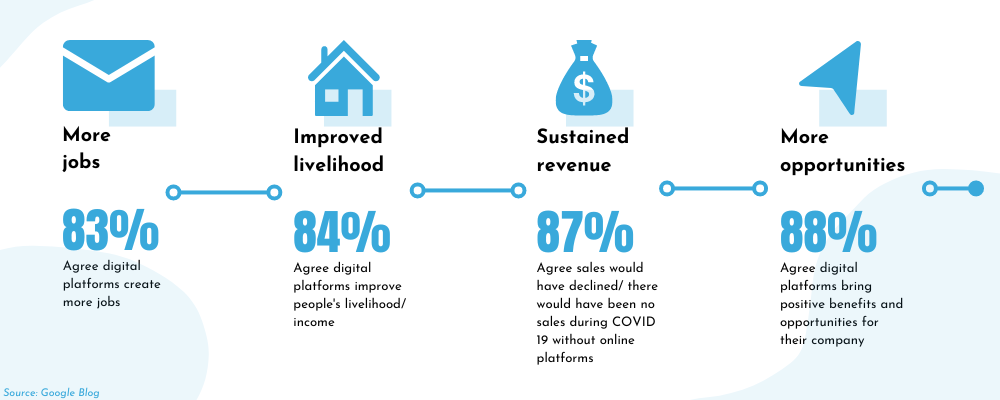Digital Economy
ASEAN Leaders: Digitalization a Priority in South East Asia
Published
2 years agoon
By
SEADS TEAM
ASEAN Summit 2022 in Phnom Penh, Cambodia marks the first in-person meeting after the pandemic. The country and industry leaders shared their opinions and plans in several fields including digitalization.
“This is in addition to our efforts to enable our systems to catch up with the rapid development of the digital economy,” President Marcos, representing the Philippines at the summit, stated. Country leaders seek productive relationships among the representatives.
Except for Myanmar which couldn’t send a delegate due to their current political crisis, the ten members of the Association of Southeast Asian Nations, Brunei Darussalam, Cambodia, Indonesia, Laos, Malaysia, the Philippines, Singapore, Thailand, and Vietnam attended the summit.
Southeast Asia and its current digital economy

ASEAN nations are digitally divided but they house more than half of the global internet population. Along with the rising wages and decreasing prices of technology, welcoming the ‘new normal’ where internet connectivity is necessary.
Southeast Asia is in its digital decade. Nation leaders seize digital opportunities with 60% of investments going to eCommerce and digital financial services. The rising industries are looking for technological advancement to solve various issues over the decades.
Digital users are also seeing value in technology. This is after the pandemic limited in-person transactions. More than technology as a simple communication tool, it became the extension of people’s senses. From jobs, livelihood, revenue, and other opportunities, almost everything is digital.
South East Asia – Ecommerce Growth
Southeast Asia is at the forefront of the fastest-growing eCommerce markets in the world. Indonesia, Philippines, Malaysia, and Thailand are the leading countries in retail eCommerce sales growth in 2022. Industry leaders expect a higher increase with SEA slowly adopting digital.

According to Bain & Company, 78% of Southeast Asian consumers are digital customers. The digital economy grew rapidly. Ecommerce, social commerce, ride-hailing, and food delivery became top industries during the lockdown.
In addition, Indonesia, Singapore, and Vietnam house the biggest eCommerce sites Lazada, Shopee, and Tokopedia. Singapore holding two large eCommerce stores can reach $200 billion in transaction revenue by the end of 2022. And other SEA nations expect to reach this record by 2025.
SEA’s six major economies, namely Indonesia, Malaysia, the Philippines, Singapore, Thailand, and Vietnam have eCommerce and digital financial services as the major growth drivers.
Another reason to prioritize digitalization: Southeast Asians are more consumers than producers. 76% of students ages between 10 to 24 receive digital literacy education in school. Less than half of the respondents from Myanmar and Laos receive the same education. Leveraging the digital will be easier with more digital-literate citizens.
Brunei Darussalam’s social media penetration is the highest globally in terms of population ratio.
It reached 116.5% followed by Malaysia with 91.7%. They are far from building a digital economy but have the largest digital consumption.
SEA’s digital consumption
Southeast Asia leads digital transformation in Asia-Pacific with online spending per person reaching $381 in 2021. With the pandemic changing the customers’ buying journey, Southeast Asia’s online retail penetration growth outpaced Brazil, China, and India.
The rising incomes of Southeast Asians, the lowering prices of digital devices, and the increasing number of digital transactions spark the Southeast Asian digital transformation. 41 million Southeast Asians became new internet users in early 2021. In addition to the existing 400 million internet users and a developing digital economy.
It is no wonder the internet penetration rate in SEA extends to over 70% except for Laos, Myanmar, and Timor-Leste. Laos and Timor-Leste were challenged by the digital divide and Myanmar have entered a digital regression, banning all internationally-recognized social media. The United Nations recognized the three countries as the least developed across Asia.
The digital divide and the uneven adoption of digital hinders Southeast Asian nations from fully transforming. Cambodia’s internet penetration rate is at 78.8% of its 17.96 million citizens. The pandemic pushed non-internet users to digital for access to public and private sectors.
Digitalization as the engine for growth

SEA nations seek greater collaboration to achieve a functioning and seamless digital government. With the pandemic pushing everything online, webinars and virtual events became the new set-up. What can be done beyond websites?
Welcoming the E-government
The ongoing political crisis in Myanmar led to the withdrawal of telecommunication investors from the country. The junta promptly banned Facebook and WhatsApp, blaming social media as tools of the coup. The government is also working towards completely removing sites from use within their borders.
Myanmar now leads in Digital Authoritarianism in Southeast Asia, far from e-government.
Laos moves forward to address bureaucratic inefficiencies with a digital economy. They aim to increase transparency in government operations and introduce online banking, e-government, and e-commerce. They also welcome investors by shortening corporate registration from a couple of months to 15 days.
CEO of Thailand’s Digital Government Agency, Supot Tiarwat, discusses how AI, digital ID, and open data will play a role in the digital government. They aim to implement AI for auditing. Using the algorithm to avoid compliance mistakes.
Thailand is also teaming up with its National Electronic and Computer Technology Center to build chatbots for facility management. These can aid as a complaint center during power outages. All data will be accessible to the public.
Brunei Darussalam released its Digital Economy Masterplan 2025 with four strategic thrusts. This includes industry and business digitization, government digitization, thriving digital industry and manpower, and talent development. The country plans to create a National Information Hub (NIH) to drive and enable the adoption of digital technologies.
85% of Vietnamese have smartphones and Prime Minister Pham Minh Chinh identifies the country’s needs for digital government, digital society, and digital economy. They plan to increase their online public services.
Vietnam is investing in scientific research for digital transformation starting with renewable energy and Smart Nation. The country also plans to put into operation agricultural and national databases for civil servants and public employees. They are focusing on their strengths including the digitalization of agriculture.
Malaysia started its digital economic blueprint or ‘MyDigital’ in 2021 to use digital to push forward economic recovery. Increasing households with internet access and creating a suitable online learning development are their goals to reach until 2025. This is due to the pandemic widening the use of digital as a sustainable solution for crises.
Cambodia’s national priority is digitalization. Private sector partners to improve the low digital penetration of the country. Leaning towards globalization, companies such as Smart Axiata, Mekong Strategic Partners, and Seedstars actively invest in digital readiness programs.
Singapore started its digital journey in 1980 with the National Computerisation Programme. They envision a Smart Nation with digital technology that can improve every sector in the country. At the present, 95% of public office transactions are digital.
The Philippines is gearing up for e-government and digitalizing the economy with the E-government Masterplan 2022. They are strategizing to attract investors that can equip the country with competitive internet access. During the pandemic, the Department of Trade and Industry (DTI) introduced Buy Local, Go Lokal to give a free platform for domestic businesses.
The sustainable solution to world issues
It’s not a sudden focus on digitalization–leaders are acknowledging its necessity. The government maps out the strategies with private sectors that leverage digital for business development. They are now seeing the advantages of digital as a sustainable solution.
One centralized data. ID applications won’t take so much time when there’s one database containing all requirements that a business or a citizen has. This limits the number of papers you need to submit and hastens the government process. It encourages MSMEs and foreign investors to start an enterprise.
An example is Denmark leading is the world’s most digitized country. They are digital by default where paying taxes, reporting theft, and setting appointments with public services are online. They also have digital signatures to sign necessary documents without queuing in person in front of public offices.
Access to international markets. Online services where tax and customs and banking services are integrated into a single point access is an opportunity for domestic businesses and foreign investors. Cultural treats can be famous internationally if businesses have the chance to widen their market abroad. This can increase businesses and the government’s revenue in a domino effect.
Everyone can work remotely for international firms given they have the opportunity to do so. Increasing internet connectivity can decrease unemployment by accessing international job offers.
Transmission of information. Online interaction can make engagements between customers and businesses easier. Imagine the traditional way where ordering needs to be over expensive calls. It can also increase productivity with quicker sending of information between employees, or partners.
During the pandemic, contact tracing is an effective solution to track possible carriers. Healthcare benefits from digital. And what about the economy? Digital transactions make it easier for both businesses and customers to transact.
Strategies on digitalization
ASEAN countries remain neutral in choosing between the United States and China which are in great power competition. Southeast Asian nations consider partnerships and investments from both nations which could help boost their digital transformation.
SEA nations joined hands for project AMEN to leverage the knowledge, expertise, and business acumen of business leaders who can mentor Southeast Asian entrepreneurs. The program is a potent tool for developing MSEs that struggle in their operations.
Project AMEN aims to unify a pool of skilled and experienced mentors from ASEAN member countries. They place importance on developing the workforce that will drive SMEs to grow and succeed.
Teching up Southeast Asian Businesses
66% of Singapore businesses expand to new markets with more than half of their IT leaders focusing on digital acceleration. The supply chain challenges, expanding volumes of data, and hybrid work arrangements challenged their business but they created digital business models.
SMEs in Thailand look forward to transforming their business through digitization. Private sectors lead the digital transformation, especially in retail, digital payment services, and food delivery. SMEs also focused on technology implementation from cloud service to virtual reality.
Thailand’s small businesses have limited access to high-end technology but they are making the most out of traditional web technology and mobile applications.

Mekong Capital, one of the most popular enterprises in Vietnam, partners with high-performing experts. They plan to generate breakthroughs in the areas of the digital workplace, customer experience, and business intelligence. Their enterprise leads digital investments funding technologies from retail, restaurants, and consumer products, to education and vehicles.
According to the Equinix Global Tech Trends survey, 72% of businesses plan to expand to new markets while investing in digital technologies. Here are other results:
- 76% of companies prioritize customer and employee experience. Both can affect business transformation journeys and the retention of customers and talents.
- 67% of Singapore continues cloud migration. These include critical applications, security functions, and other business functions. The strengthened cybersecurity preferably hybrid cloud, allows them to trust their knowledge database.
- 69% of IT leaders future-proof their businesses and take advantage of evolving technologies by investing in digital. The main motivation includes simplification of IT infrastructure, improving user experience, and the benefits of flexible IT.
The Malaysia Digital Economy Blueprint acknowledges digital as their major contributing factor to national revenue. Private sectors compete with other enterprises by undertaking digital transformation. The Malaysian government supports enterprises by setting up a Centre for the Fourth Industrial Revolution (C4IR).
C4IR is a one-stop center for Malaysian businesses, especially small and medium enterprises. It is the first center in Southeast Asia. Malaysian leaders envision it to lead the digital transformation of the country. C4IR leverages big data to improve public services and businesses can use it to develop industry and sectoral-based 4IR-powered capacity.
Cambodia focused its strategy on improving operations and extending its markets. 73% of online MSMEs see the importance of digital tools to keep their business running. This is after social media became an effective tool to engage with customers online during lockdowns.
UnionBank, one of the major financial firms in the Philippines, expands its fintech power for digital banking. They acquired 1.73 million customers from more than 200,000 since its launch. The finance network partners with SMEs with a digital ecosystem and ensures the visibility of every transaction to business owners and customers.
Running toward digital transformation
The ASEAN Summit 2022 highlighted the importance of MSMEs comprising 99% of establishments and 85% of employment across the ASEAN region. The optimism toward digital transformation is another step for utilizing the digitally-engaged Southeast Asians,
Singapore leads the pack in digital transformation with other nations keeping up with digitization. The nation leader plans to secure partnerships and investments toward a digital economy.
Future-proof all sectors through digital, from the government, businesses, and citizens of Southeast Asia.













